A new traditional 23′ cutter for sale
- Post author:François Vivier
- Post published:10 May 2020
- Post category:Boats for sale / New boats / Second hand
- Post comments:1 Comment
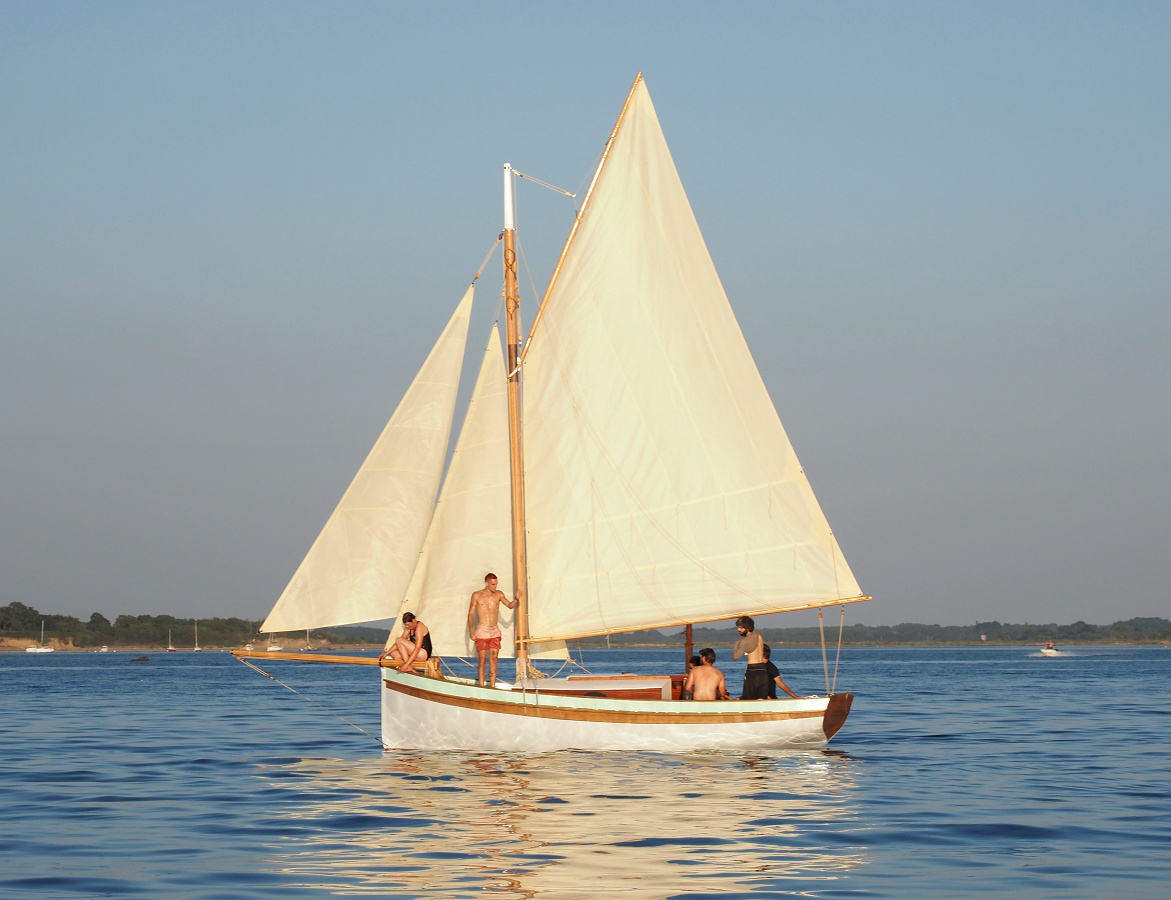
On August 8th, 2020, Diben 23 was launched by the trainees of the major French boat-building school Skol ar Mor. In August 2019, the school started to build this 7 m long traditional Breton cutter designed by François Vivier. With a short counter stern and a plumb stem, she is inspired from the fishing boats of North Britanny in the times of sail.
The cutter is built in a traditional way, but with a few modern touches that make it easier to maintain and improve performance and ergonomics. Instead of sawn frames, which are often a weak point with woods available today, we opted for laminated iroko frames, alternated with steam-bent acacia ribs. The backbone is in oak and the hull planking in Douglas pine. The deck, as well as some main bulkheads and the self-bailing cockpit, are made of marine plywood, ensuring a perfect and lasting watertightness. It is surrounded by a small bulwark, 20 cm high, which provides great comfort for the crew and greatly contributes to the traditional character of the boat. The coamings and the front end of the coachroof are in varnished mahogany.
| Hull length / waterline | 6.98 / 6.27 m | Sail area | 38 m² |
| Breadth / waterline | 2.46 / 2.20 m | Outboard in a well | 6 à 10 ch |
| Draught | 1.20 m | Design category | C / D |
| Light weight / lead ballast | 2200 / 750 kg | Crew | 4 / 6 |
Diben 23 is rigged as a gaff cutter, with beautiful proportions in the spirit of the Breton tradition. It remains simple and easy to handle. The bowsprit is retracting, guided by a double samson post. The designer put his usual talent to make it a boat with good upwind performance. The 750 kg lead ballast, associated with a modernized keel profile, makes it possible to combine both good stability and an efficient lateral plane. The mast is stepped into a tabernacle which allows unmasting without external assistance.
A well allows the installation of a 6 to 10 hp outboard motor, the controls of which are within the reach of the helmsman. A lazarette, next to the engine, allows placing the fuel tank. This solution has the advantage of a very moderate cost and greatly favours performance under sail, in the absence of a large propeller and a cutout in the rudder. It is also possible to fit the boat with an electric propulsion system, based on a folding propeller pod. The batteries, providing 6 hours range, have a space provided under the cockpit.
Drying legs are provided and make the 7 m cutter a boat that can take advantage of all small anchorages and drying harbours.
The cutter was designed to offer great comfort to the crew, first with the generous displacement giving gentle movements at sea that we no longer know today. The self-draining cockpit is very long and wide, protected by the small bulwark. The helm places the helmsman in a fairly advanced position, with good visibility and quick access to the cabin. A very large locker allows you to store all the usual equipment. The cabin offers sleeping accommodation for three people with a large V berth forward and a long quarter berth on the starboard side. The mast stepped on the deck, above a strong bulkhead, completely frees access to the V berth. A galley cabinet is on the port side, in the immediate vicinity of the companionway, ideal at sea, and making it possible to enjoy meals either in the cockpit or in the cabin. A space for a Porta-Potti type chemical toilet is provided forward and can be isolated by a curtain. You can add an opening deck panel behind the mast for light and ventilation.
As we can see, this little cutter is full of resources, both welcoming for the day outing with family or friends, and perfectly suited to coastal cruising and discovering the coastline.
Contact: Skol ar Mor : – 02 40 19 37 91
Photos of the construction on the Facebook page of the School
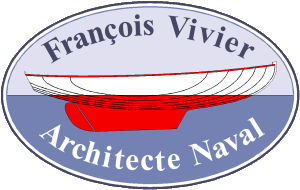

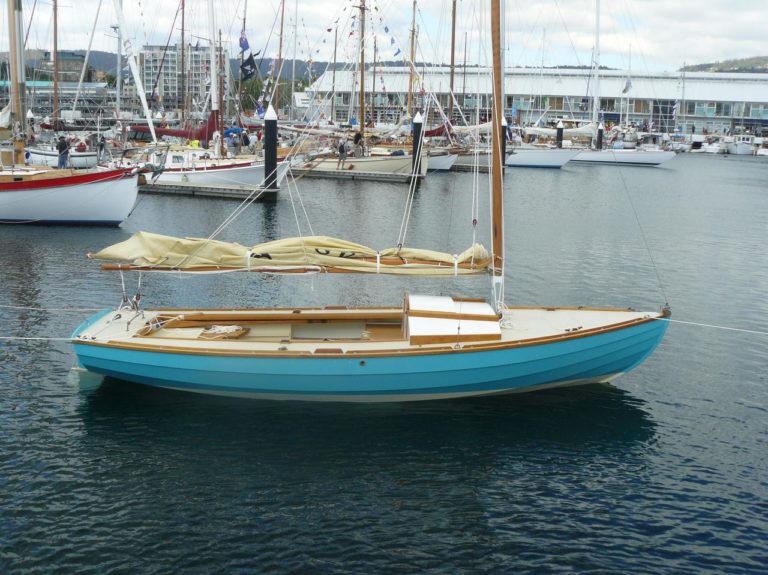
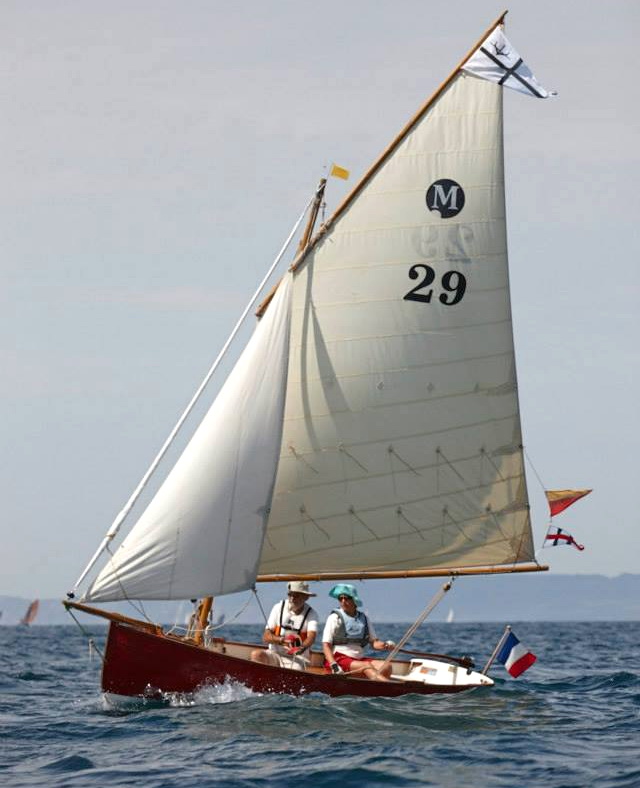
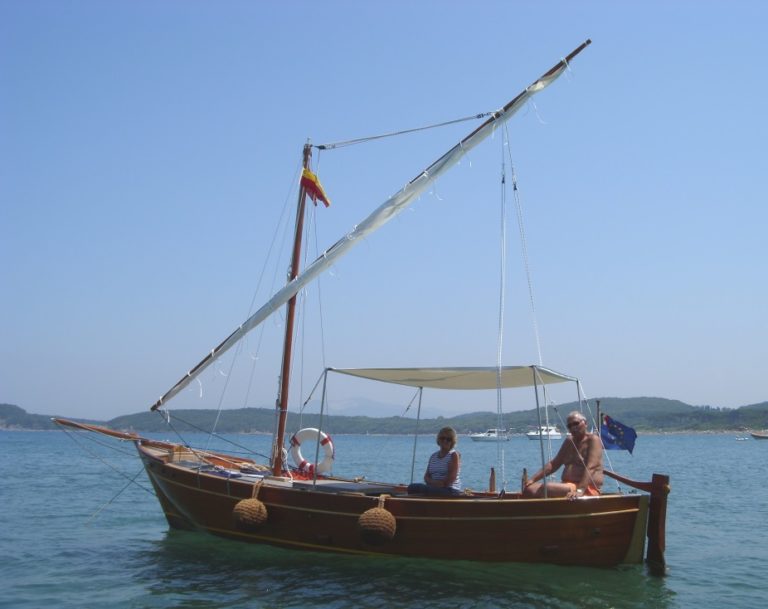
Very inspiring!